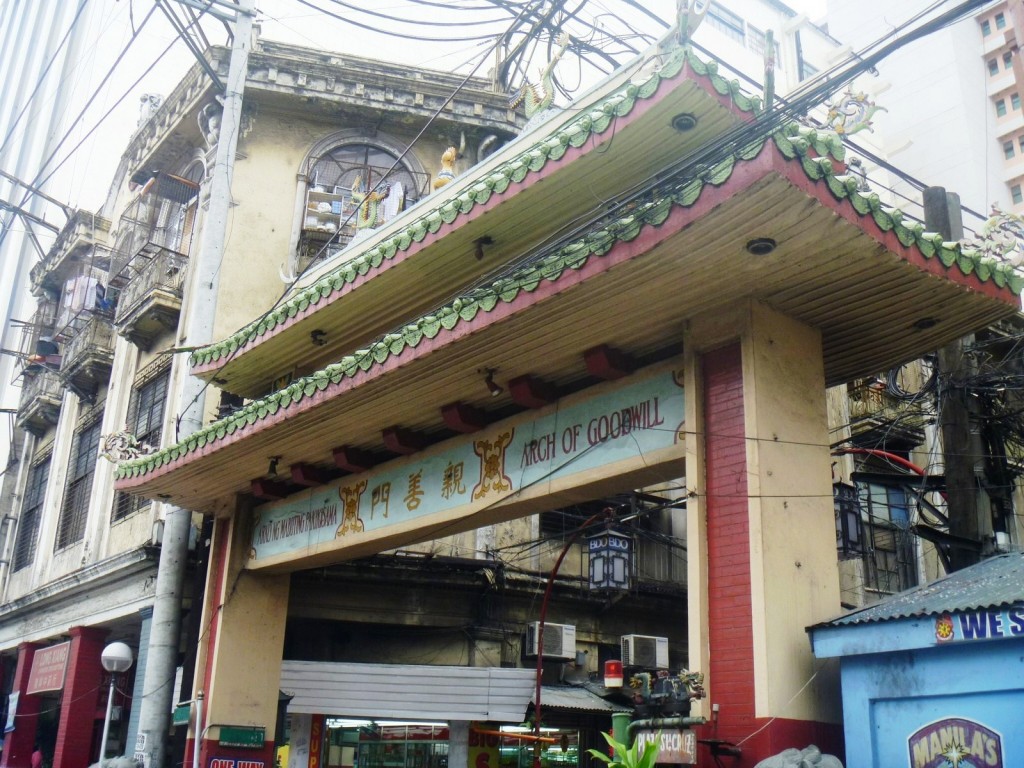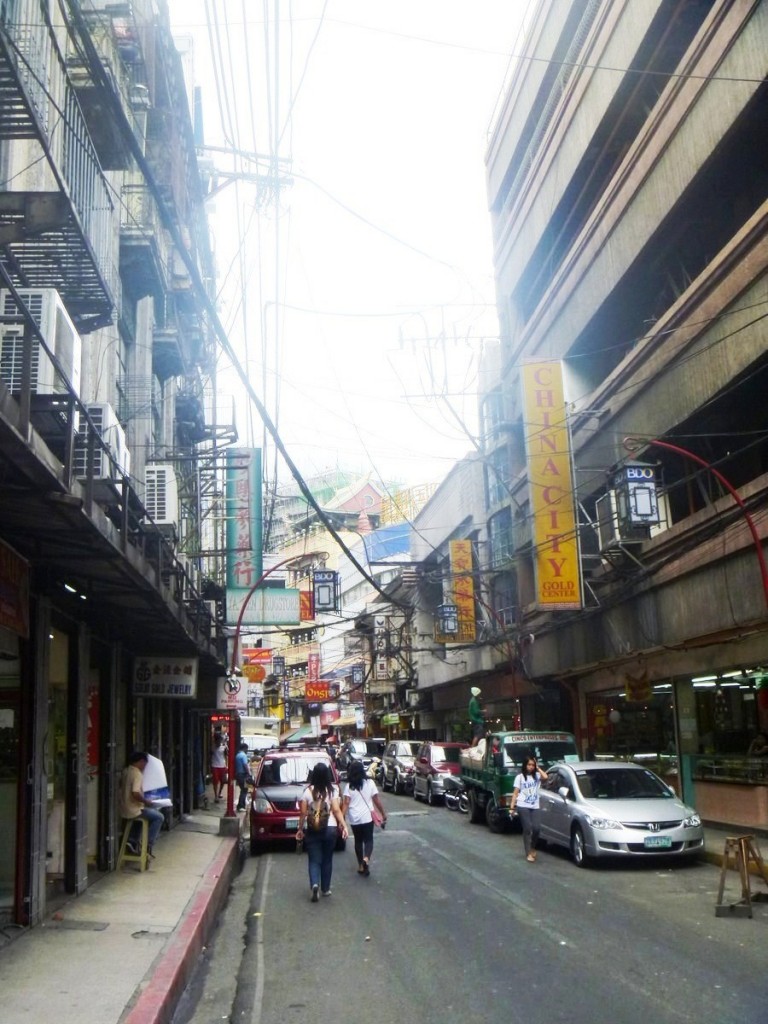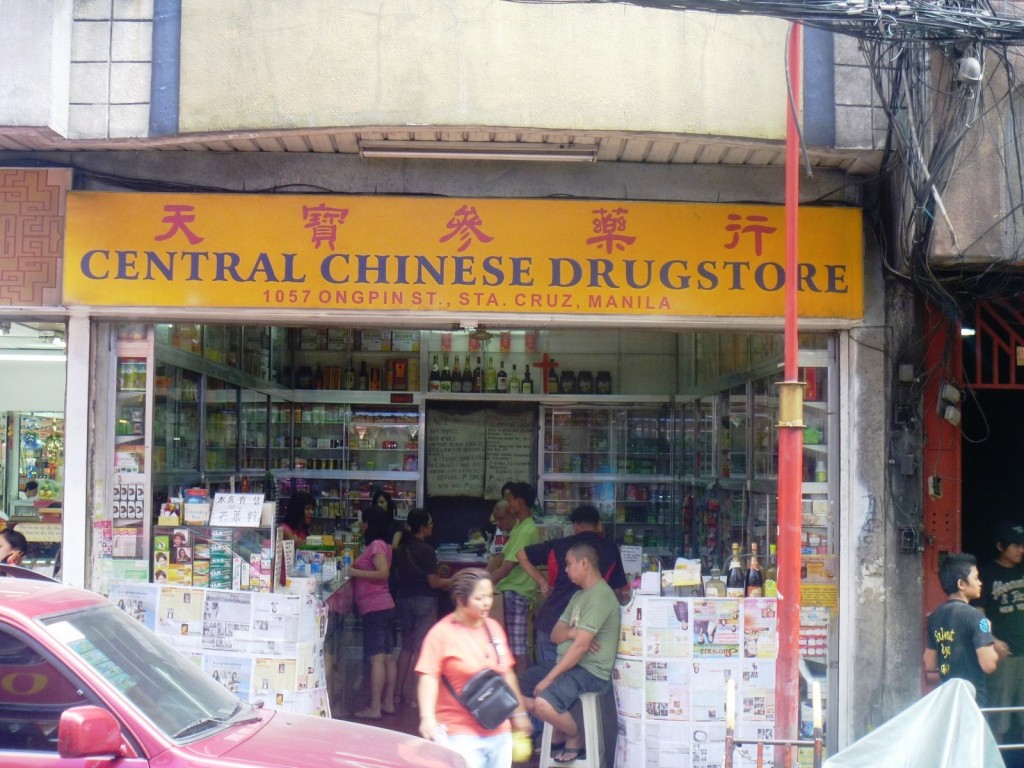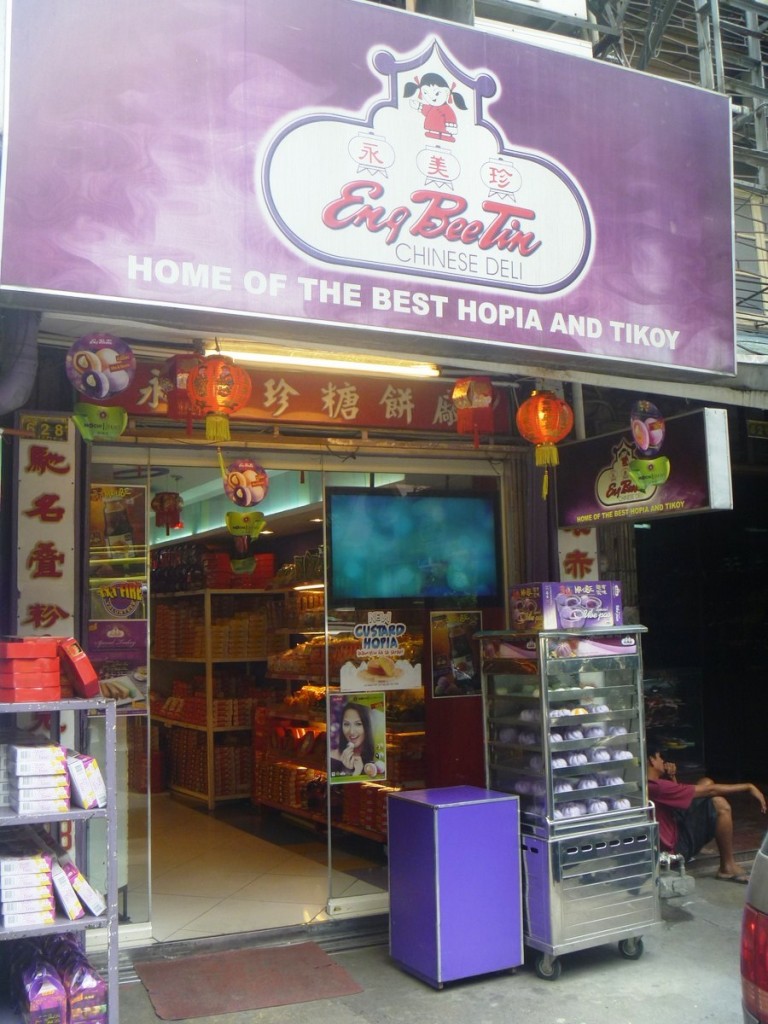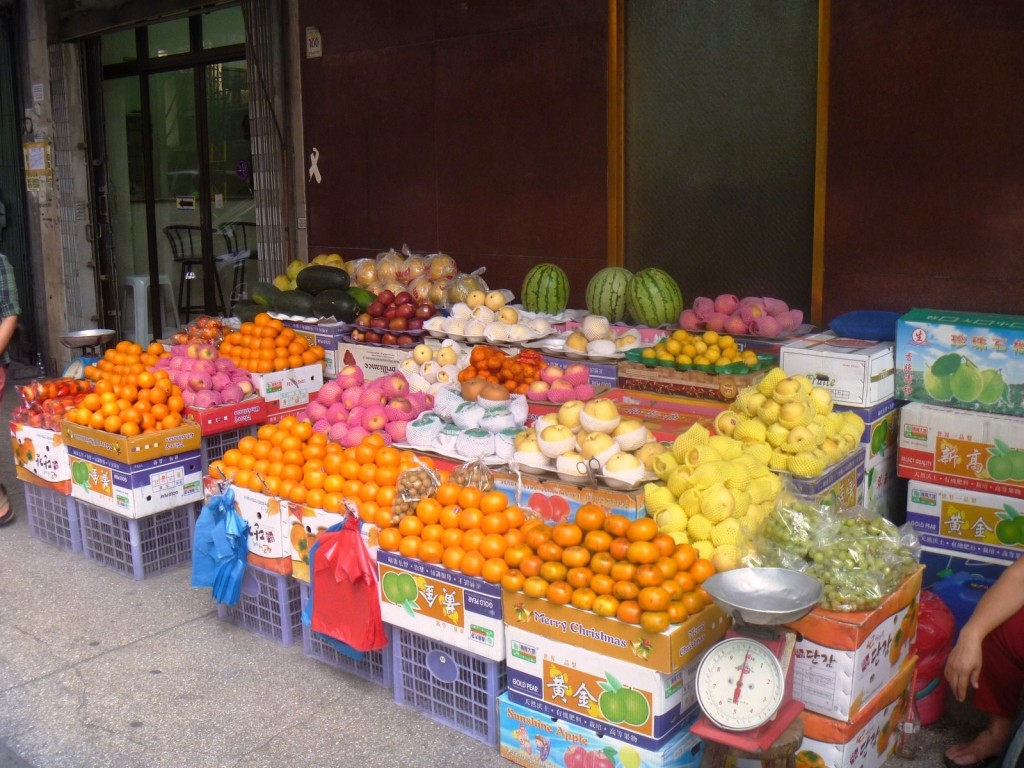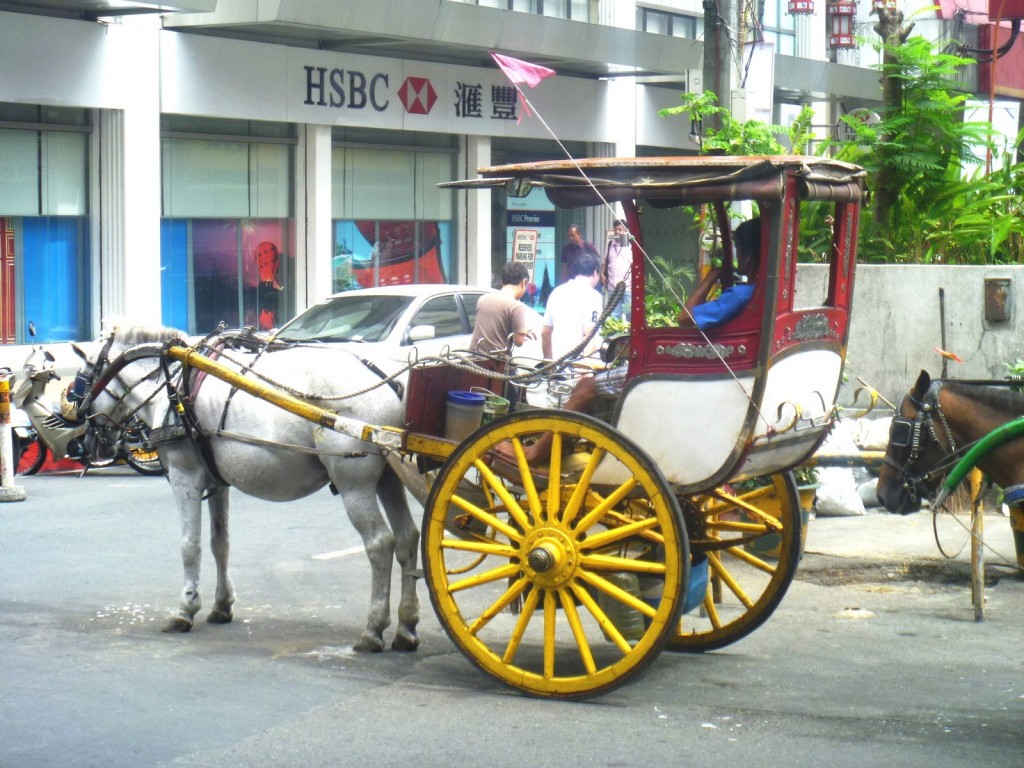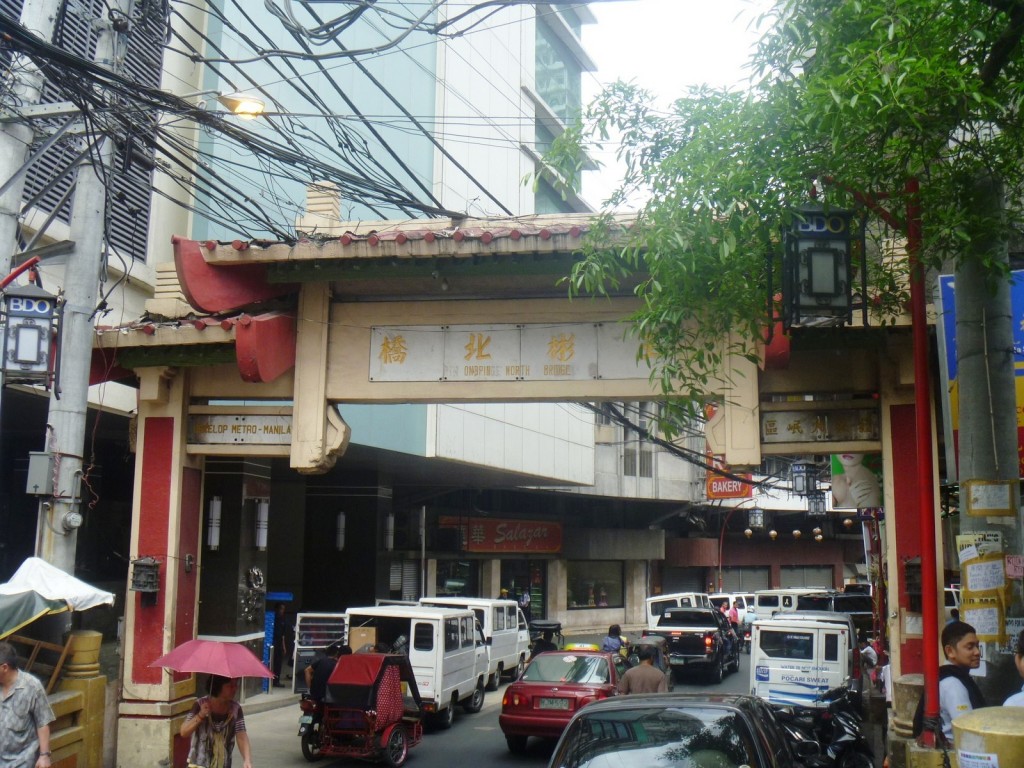The first half of this museum tour features the Pre-Colonial Period (when a group of settlers lived within the city’s modern boundaries which was then surrounded by bodies of water, hence the name Pulo, meaning “island,”later to be called Polo), the Spanish Period (when Spanish authorities founded the town of Polo in 1623, then constructed a church from 1627-1632), the Philippine Revolution (where Dr. Pio played a key part by publishing Kalayaan, the Katipunan’s newspaper, with the help of residents), the Philippine-American War (where Polo became the headquarters of Gen. Antonio Luna and where the March 26, 1899 Battle of Malinta took place, resulting in the death of U.S. Col. Harry ClayEgbert), the American Period (when Dr. Pio became Polo’s president municipal and the MacArthur Highway was constructed in 1928, allowing enterprising Americans to buy swathes of land, including the over 3,000 hectare Malinta Estate in 1904, which were turned into sites for subdivisions and factories such as the Balintawak Beer Brewery, which opened in 1938, eventually becoming San Miguel Brewery after the war) and World War II (when residents, including incumbent presidente municipal Feliciano Ponciano, formed a guerilla group, under Lt.-Col. Edwin Ramsey, to combat the Japanese invaders).
| The Pre-Colonial Period |
| The Philippine-American War |
| The Spanish Period |
Midway through the exhibit are life-size statues of 3 homegrown heroes of the Philippine Revolution and Philippine-American War: Delfin Vellila (who fought the Spanish during the March 30, 1897 battle at Pasong Balite and died fighting the Americans in Guiguinto, Bulacan, in 1899), Dr. Pio Valenzuela (with his walking stick on his right hand and doctor’s bag on his left) and Gen. Tiburcio de Leon (known for his role in the Battle of Tullahan River which enabled the forces of Gen. Emilio Aguinaldo to flee to Northern Luzon).
| Life-size statues of Vellila, Valenzuela and De Leon |
Interesting text and photo panels include an 1865 description of Polo by Fr. Felix de Huerta; gobernadorcillos(“little governors”) of Polo during the Spanish Period; a list of 55 World War II heroes (Barrion’s Division); and a list of 22 revolutionaries from Polo. There’s also beautiful, backlighted stained glass panels depicting San Diego Alcala (the city’s patron saint) and San Roque, flanked by texts of the hymn to the former and prayer to the latter.
| San Diego and San Roque in stained glass |
Another interesting panel is dedicated to the city as home to 2 movie companies (Premiere Productions and Larry Santiago Productions) and location site of movies (Asiong Salonga, Minsa’y May Isang Gamugamu, Darna, Mga Mata ni Angelita, Lo Waist Gang, etc.); the local delicacy putong Polo (Polo rice cakes), with an actual gilingan bato (stone mill) on display; as well as to Stone Age (Pre-Neolithic Period), flaked tektites (rocks believed to have fallen from the sky) and obsidians (natural volcanic glass formed by the rapid cooling of magma) unearthed in 1933 at the barrios of Pugad Baboy (now Brgy. Gen. T. de Leon) and Maysan by Prof. H. Otley Beyer.
| Tektites and obsidians |
| Putong Polo and a stone mill |
| Valenzuela in Movies |
The second half of our museum tour, which began as soon as we entered the replica of Arkong Bato (built in 1910, it marked the boundary of Rizal, where Malabon formerly belonged, and Bulacan, where Polo formerly belonged), brought us to the city’s present, as an industrial hub. A prominent section, called “Made in Valenzuela,” features products made by factories based in the city – roasted peanuts (Grower’s), processed food (CDO), beauty and skin-care products (Splash), beer (San Miguel Beer), mattresses (Uratex), steel pipes (Mayer), water tanks (Bestank) and water pumps.
| “Made in Valenzuela” Exhibit |
The final part of the museum shows facilities and services (health care, education, etc.) offered by the current city government, photos of past and present mayors and congressmen of the city, and awards garnered by the city and modern-day Valenzuelanos (Marc Logan, Rowell Santiago, Fe Evangelista Padrinao, Irene S. De Castro, Isidro Arenas, Fernando S. Lumacad, etc.) deemed as role models for the current generation.
| Photos of past and present mayors and congressmen |
| Modern Day Valenzuelanos |
Valenzuela City Museum: G/F, City Hall, MacArthur Highway, Valenzuela City, Metro Manila. Open from Mondays to Fridays, 8 AM-5 PM. Admission: free.


